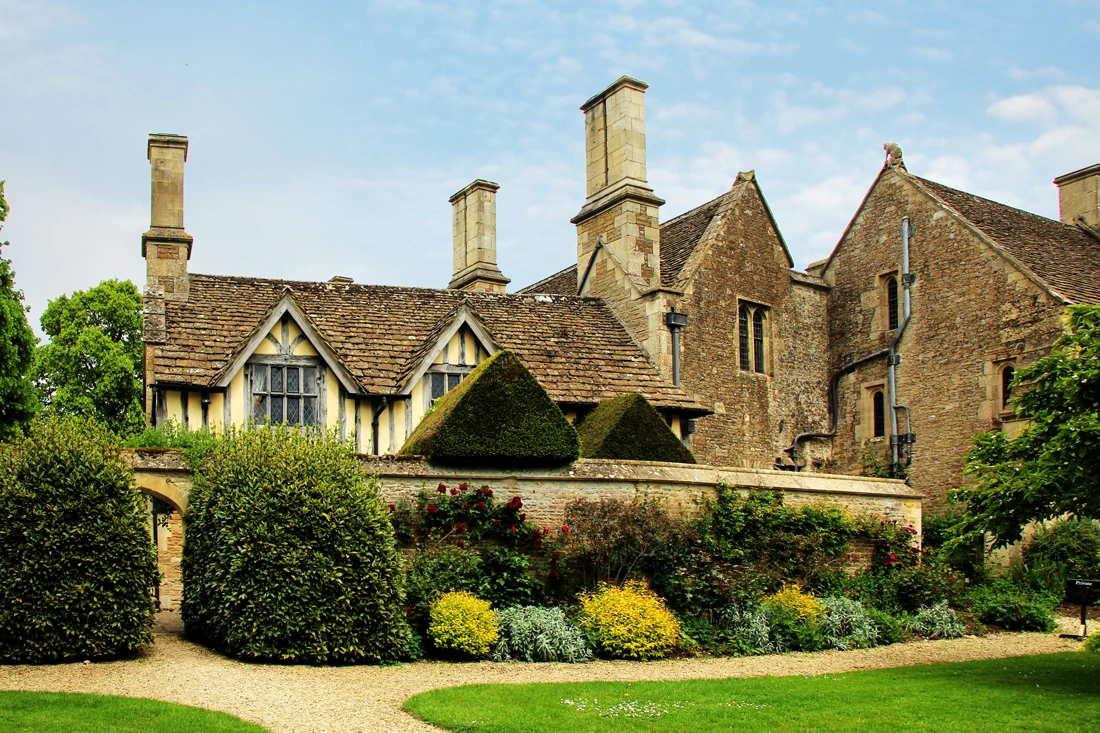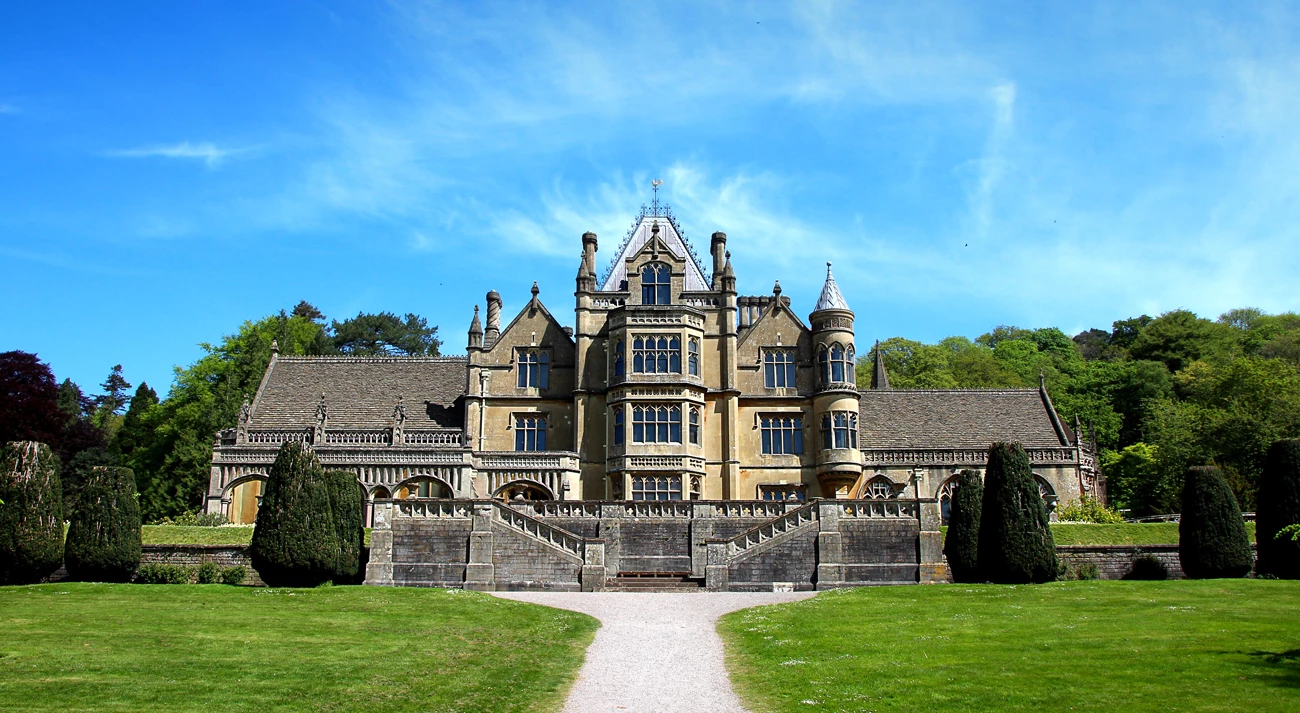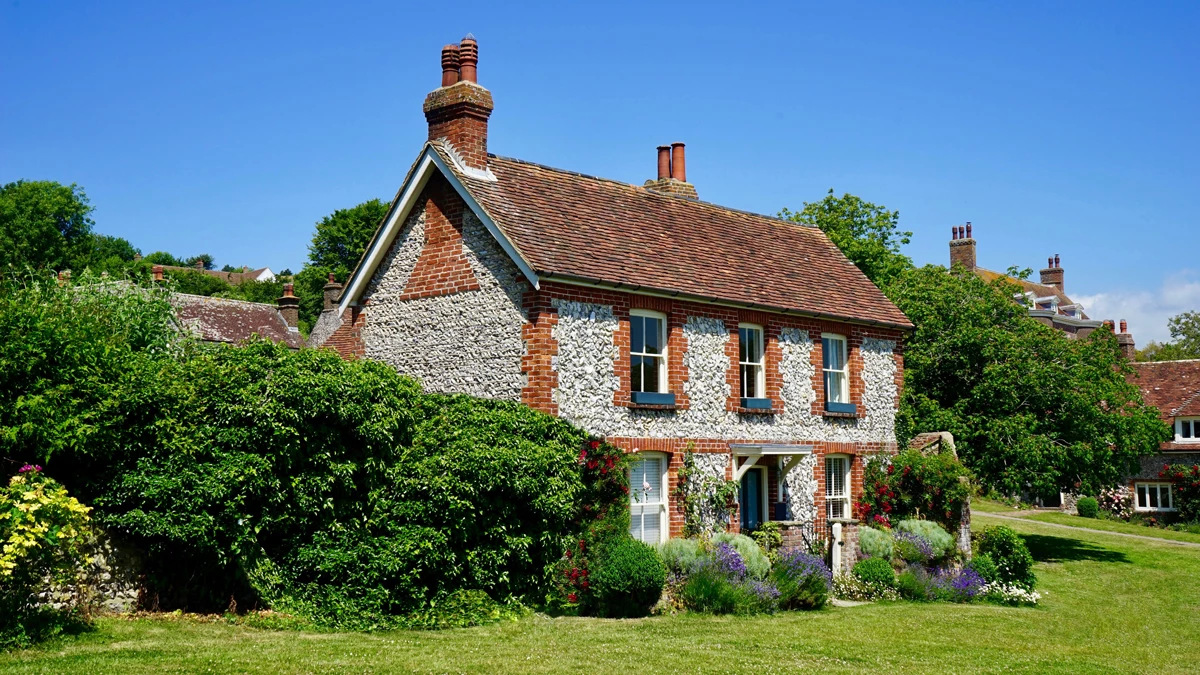12/11/2019 | Category: Home Insurance

The UK has an amazing stock of period properties and many of those are listed buildings. In fact, there are around 500,000 listed buildings across England and Wales. Of those, 92% are Grade II, 5.5% are Grade II* and 2.5% are Grade I.
A listed building could be anything from a grand manor house to a tiny cottage. Size isn’t the defining factor, instead it’s whether a building has enough historical significance or architectural merit to make it of national importance.
Age is another key factor: anything built before 1700 is almost certain to be listed, and anything pre-1840 is likely to be classed a listed building as well.
By listing buildings we are helping preserve the UK’s rich heritage. Buildings first became listed after the Second World War, when many important historic buildings were lost due to bombing raids.
The buildings that survived were added to an official list and in 1947 legislation was passed to protect these buildings against damage in the future.
What are the categories of listed status?

The process of categorising listed buildings has evolved slightly differently across the UK. In England and Wales, there are three categories of listing:
· Grade I buildings are considered to be of exceptional interest.
· Grade II* buildings are important properties that are of more than special interest.
· Grade II buildings are of special interest, warranting every effort be made to preserve them.
In Scotland, the listed status is as follows:
· Category A buildings are of national or international importance, either architectural or historic, or fine little-altered examples of some particular period, style or building type.
· Category B buildings are of regional or more than local importance, or major examples of some particular period, style or building type which may have been altered.
· Category C buildings are of local importance, lesser examples of any period, style or building type, as originally constructed or altered; and simple traditional buildings which group well with others in categories A and B or are part of a planned group such as an estate or an industrial complex.
In Northern Ireland, listed building status follows a similar system to that in Scotland, with grades A, B+, B1 and B2.
What does it mean when a building is listed?
When you own a listed building you need non-standard home insurance. You also need to bear in mind a listed building cannot be demolished, extended or significantly altered without special permission from the local planning authority.
If you own a listed building and are planning to make any alterations that could impact its special architectural or historic interest (in other words, its significance), you will need to obtain listed building consent. This doesn’t mean it’s not possible to change a listed building, rather that alterations are possible at the same time as points of interest are protected.
The consent process is usually managed by the local authority and a conservation officer. Getting consent is different from the planning process. Depending on what alterations you are hoping to make to your listed building you may need both – just the consent, or just planning permission.
What restrictions does a listed building have?

It is almost impossible to predict what work will require consent, so it is a good idea to speak with a conservation officer early on in the project lifecycle.
Listed building consent is required for:
· Repairs to the building (although repairs with like-for-lie materials such as straw or wattle and daub will generally not require consent).
· Internal alterations such as knocking down walls, exposing timbers, installing double glazing or removing features such as fireplaces and panelling.
· When it comes to window frames and period glazing, Historic England state that repair is always preferable to replacement.
· Extensions need to be in keeping with the property and attention to detail is a must.
A breach of the rules protecting listed buildings can have serious consequences. This could mean enforcement action (the owner having to reinstate the lost or damaged features), large fines or even a prison sentence.
What should you consider before purchasing a listed building?
When details about the refurbishment of Buckingham Palace emerged, the work required to avoid ‘catastrophic building failure’ included replacing 100 miles of 1950s electrical cabling and 20 miles of heating pipework. It was reported that the bill came to a total of £369 million.
Owners of listed buildings might not face such high bills, but they will have to be organised and do a certain amount of planning in advance.
Here are four things to consider before buying a listed property
1 Do your homework
Find out why the building was listed in the first place and understand what makes it of special interest. Review the planning history of the property and use old Ordnance Survey plans of the area to uncover hidden layers of history in the property.
2 Contact the local council
Find out what is and isn’t acceptable in terms of extension and renovations to listed houses. See what changes have been allowed in other listed buildings in the local area.
3 Be realistic about modern necessities
Modern homebuyers look for light-filled rooms, open spaces and period features. While a listed building can certainly deliver period features, you need to be realistic about what a listed building can offer in terms of light and open-plan living. Of course, there’s generally no reason why a listed building can’t have super-fast broadband.
4 Think about insurance
Remember you will need non-standard home insurance when you own a listed building. This will cover you for features such as thatched roofs and give your listed building the protection it deserves.
Find non-standard home insurance for your listed property
Are you thinking of buying a listed building? Or are you planning to make alterations to your listed-building home?
At Insurance Choice, we can help you find the non-standard home insurance your property deserves. Finding the right home insurance for your listed building property doesn’t have to be a headache.
We are experts in finding home owners the cover they require without the high premiums and excesses that often come with non-standard home insurance.
Get in touch with the team today to find out more and get a free quote.
